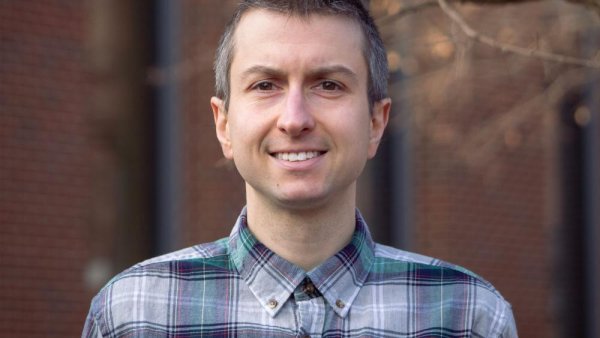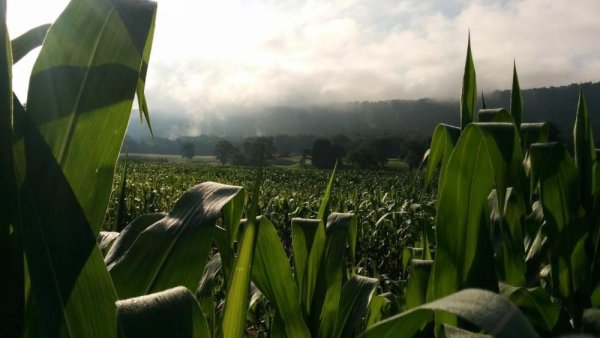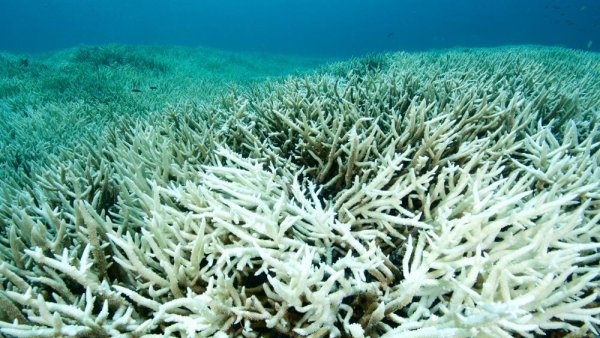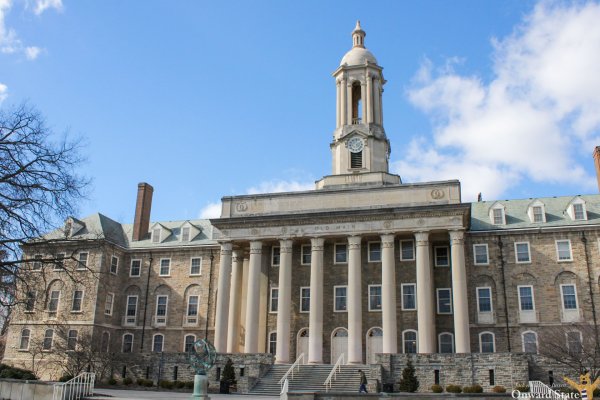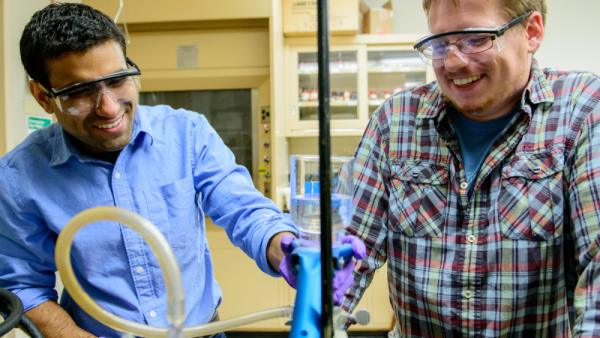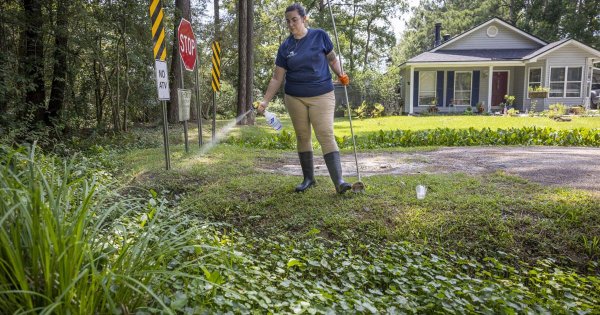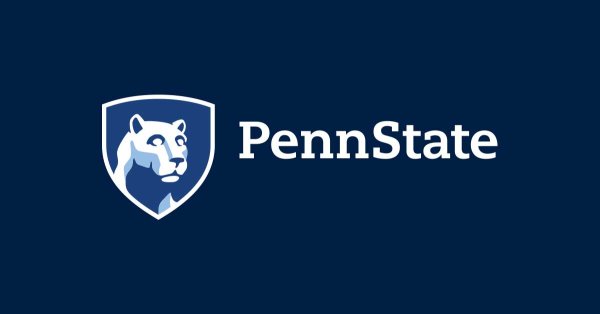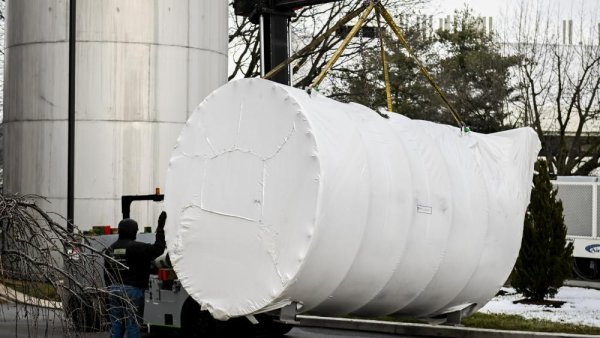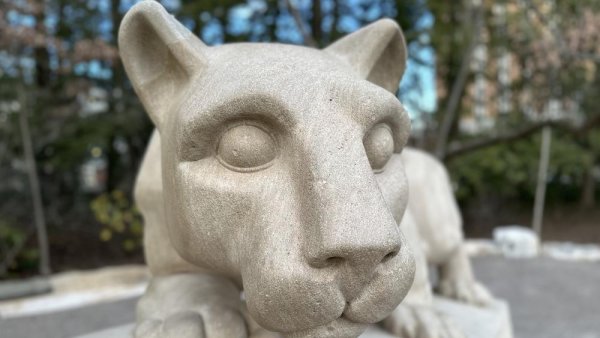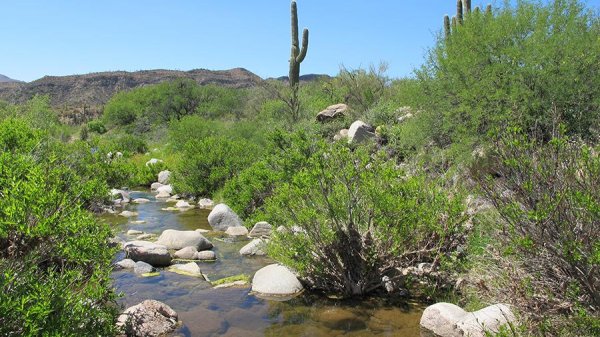Penn State chemist Eric Nacsa receives 2024 NSF CAREER Award
| psu.edu
Eric Nacsa, assistant professor of chemistry, has been honored with a Faculty Early Career Development (CAREER) award from the U.S. National Science Foundation (NSF). The CAREER award is NSF’s most prestigious award in support of early-career faculty members who can serve as academic role models in research and education and lead advances in the mission of their department or organization.
Novel method to measure root depth may lead to more resilient crops
| psu.edu
As climate change worsens global drought conditions, hindering crop production, the search for ways to capture and store atmospheric carbon causing the phenomenon has intensified. Penn State researchers have developed a new high-tech tool that could spur changes in how crops withstand drought, acquire nitrogen and store carbon deeper in soil.
Virtual reality better than video for evoking fear, spurring climate action
| psu.edu
Experiencing worst-case climate scenarios in virtual reality may better motivate people to support environmental policies, according to a new study led by Penn State researchers.
Penn State Radiation Science & Engineering Center receives new neutron science device
| onwardstate.com
The device was a donation from Helmholtz-Zentrum Berlin, a research institution in Germany.
Calling researchers: Join Penn State's NSF I-Corps April cohort
| psu.edu
Penn State’s U.S. National Science Foundation I-Corps Short Course is accepting applications for its virtual April cohort. Participants must apply and complete a self-guided I-Corps prep mini-course by Friday, April 12.
St. Tammany's ditches are fouled with untreated sewage. The mosquitoes are loving it.
| nola.com
All the sewage in the drainage ditches makes it so that the St. Tammany Parish Mosquito Abatement District can't kill mosquitoes faster than they can reproduce, according to a new study. This article quotes Jason Rasgon, Dorothy Foehr Huck and J. Lloyd Huck Endowed Chair in Disease Epidemiology and Biotechnology.
Penn State advancing Implementation Science through education and research
| psu.edu
The next Implementation Science Seminar will be held on Thursday, March 28, 1–3 p.m. in the Smeal Business Building, Room 217, and on Zoom. As part of the two-part, interactive seminar, Erika Crable will provide a 1-hour presentation describing the foundations of implementation science.
Survey Research Center adds MetricWire to TRACE Portfolio
| psu.edu
Penn State's Survey Research Center recently acquired an enterprise-level MetricWire license to enhance its research capabilities and remain at the forefront of mobile data collection methodologies.
New device positions Penn State at the forefront of university research reactors
| psu.edu
The Penn State Radiation Science and Engineering Center (RSEC) recently received a small angle neutron scattering (SANS) device, a $9.8 million equipment donation from Helmholtz Zentrum Berlin in Germany. The arrival of the SANS equipment makes Penn State the first and only U.S. university research reactor to have SANS capability, according to RSEC researchers.
Presidential Public Impact Research Awards program holding informational webinar
| psu.edu
The Presidential Public Impact Research Awards (PPIRA) program at Penn State will hold an informational webinar and Q&A from 9-10 a.m. on Friday, March 15, via Zoom. PPIRA will recognize and support teams of two to four faculty members and their students across Penn State’s Commonwealth Campuses who are interested in or are already conducting research that benefits their communities in pursuit of public impact.
Penn State finalizing plans for major renovations to Sackett Building, Hammond Building demolition
| statecollege.com
Penn State plans to begin work late this year for a project that will significantly renovate the historic Sackett Building and, eventually, demolish the much-maligned Hammond Building.
Forest, stream habitats keep energy exchanges in balance, global team finds
| psu.edu
Forests and streams are separate but linked ecosystems, existing side by side, with energy and nutrients crossing their porous borders and flowing back and forth between them. For example, leaves fall from trees, enter streams, decay and feed aquatic insects. Those insects emerge from the waters and are eaten by birds and bats. An international team led by Penn State researchers has now found that these ecosystems appear to keep the energy exchanges in balance — a finding that the scientists called surprising.

